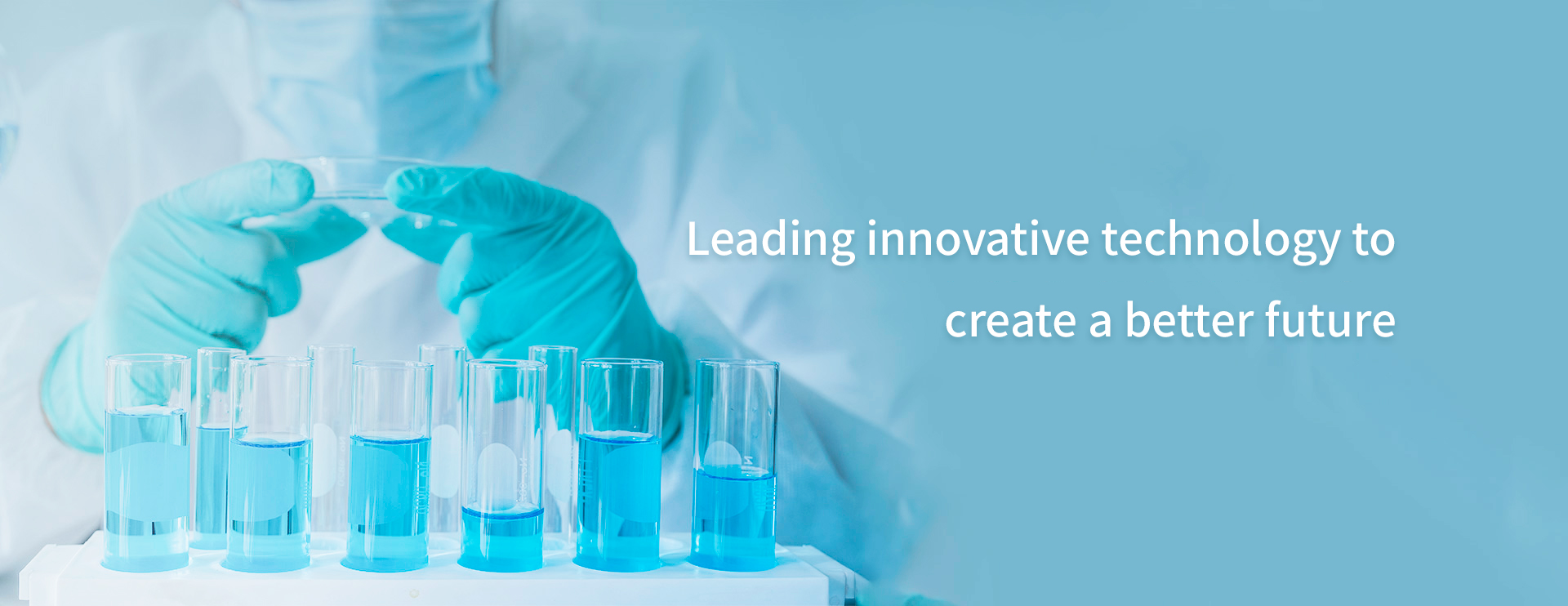


With the increasing demand for medicinal materials, many medicinal materials are looking for artificial planting ways, and pesticide residue problem has begun to highlight. Because there is no regulation on the content of most pesticides in the new edition of Pharmacopoeia, and the drug wholesalers or pharmaceutical enterprises rarely detect pesticide residues when purchasing medicinal materials, so it is easy for Chinese medicinal materials rich in pesticide residues to enter the circulation link.
According to the Announcement No. 199 of the Ministry of agriculture of the people's Republic of China and the draft limit standard draft of Chinese Pharmacopoeia Committee on heavy metals, pesticide residues, aflatoxins and other substances in traditional Chinese medicine, pony testing group can carry out residue detection of HCH, DDT, pentachloronitrobenzene and other pesticide residues.
Test items:
category | Test items | basis |
Banned pesticides | HCH, DDT, camphylor, dibromochloropane, Chlordimeform, EDB, nitrofen and Aldrin were determined, Dieldrin, mercury compounds, arsena, lead, paraquat, fluoroacetamide, glycyrrhizin, tetramine, sodium fluoroacetate, tetramine, tetramine, arsena and lead | Announcement No. 199 of the Ministry of agriculture of the people's Republic of China |
Pesticides shall not be used on vegetables, fruit trees, tea and Chinese herbal medicines | Methamidophos, parathion methyl, parathion, monocrotophos, phosphin, phorate, isofenphos methyl, Terbufos, phosfolan methyl, sulfotep, Demeton, carbofuran, aldicarb and chlorpyrifos Parathophos, phosfolan, coumaphos, Fonofos, Isazofos, fenamiphos | Announcement No. 199 of the Ministry of agriculture of the people's Republic of China |
Inspection requirements of Glycyrrhiza uralensis, Astragalus membranaceus, ginseng and Panax quinquefolium | Total BHC (the sum of α - BHC, β - BHC, γ - BHC and δ - BHC) should not exceed 0.2mg/kg; total DDT (the sum of PP '- DDE, PP' - DDD, Op '- DDT, PP' - DDT) should not exceed 0.2mg/kg; pentachloronitrobenzene (PCNB) should not exceed 0.1mg/kg; hexachlorobenzene should not exceed 0.1mg/kg; heptachlor (the sum of heptachlor and epoxy heptachlor) should not exceed 0.05mg/kg; Aldrin should not exceed 0.05mg/kg; chlordane (CIS chloride) should not exceed 0.05mg/kg The sum of Dan, trans chlordane and chlordane oxide) should not exceed 0.1mg/kg | 2010 edition of Pharmacopoeia and the draft of the limit standard for heavy metals, pesticide residues, aflatoxins and other substances in traditional Chinese Medicine |
Testing products:
■ Traditional Chinese Medicine
■ traditional Chinese medicines prepared in ready-to-use forms
With the increasing demand for medicinal materials, many medicinal materials are looking for artificial planting ways, and pesticide residue problem has begun to highlight. Because there is no regulation on the content of most pesticides in the new edition of Pharmacopoeia, and the drug wholesalers or pharmaceutical enterprises rarely detect pesticide residues when purchasing medicinal materials, so it is easy for Chinese medicinal materials rich in pesticide residues to enter the circulation link.
According to the Announcement No. 199 of the Ministry of agriculture of the people's Republic of China and the draft limit standard draft of Chinese Pharmacopoeia Committee on heavy metals, pesticide residues, aflatoxins and other substances in traditional Chinese medicine, pony testing group can carry out residue detection of HCH, DDT, pentachloronitrobenzene and other pesticide residues.